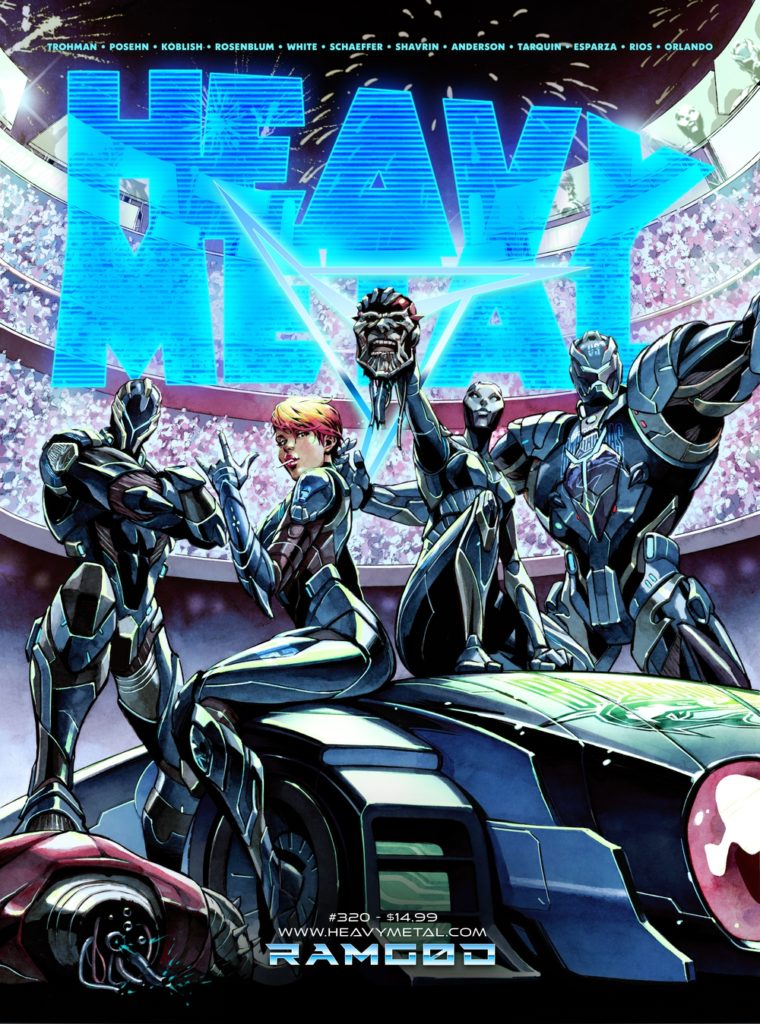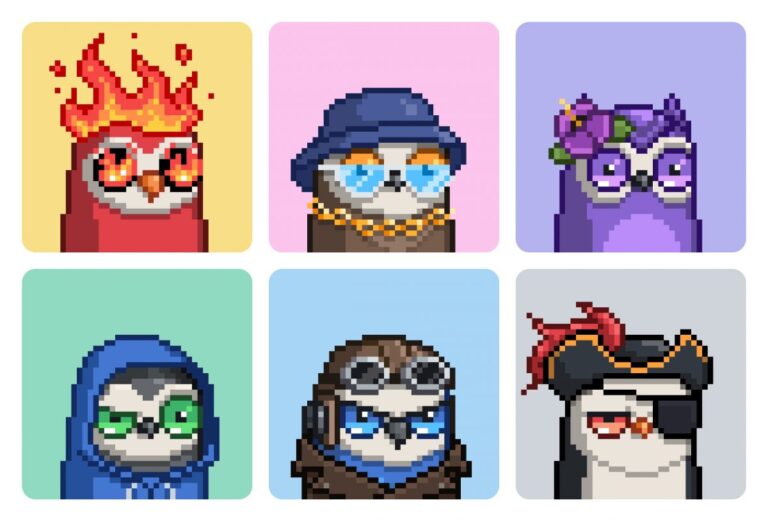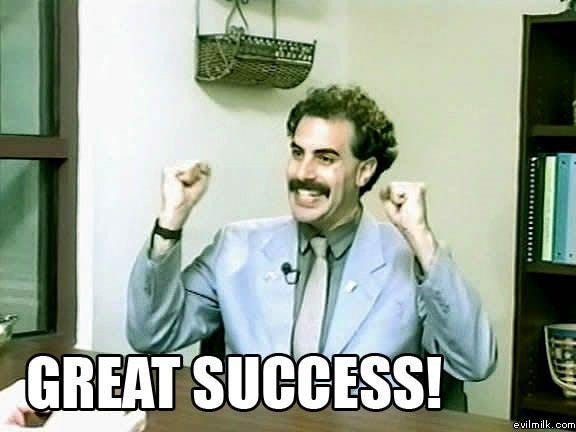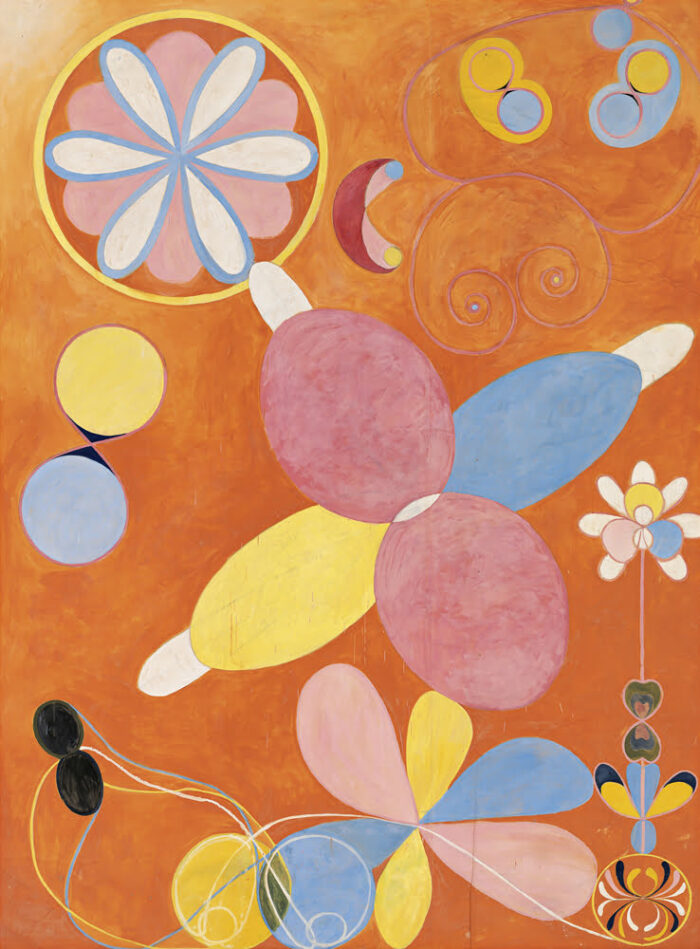The title of a now-deleted Reddit post read simply: “V2 of a Paul Chadeisson model I’ve been training”. Just below sat three digital renderings of mountain-sized sci-fi cityscapes. Zooming in on them exposed finer details as the glitchy outputs of an artificial intelligence prompt-based image program, but they were nonetheless impressive. Set in a conventional perspective, the gargantuan structures imparted the same feeling of awe and excitement of the best sci-fi visions.
The renderings were stylistic replications of the work of Paul Chadeisson, a freelance conceptual artist who’s worked on major film, video game, and streaming productions like Black Adam, Cyberpunk 2077, Love, Death & Robots, and the upcoming Dune: Part II. The user who created the now-deleted images had done so by training an AI model explicitly on Chadeisson’s work. But, posting them on the social media platform kicked off a heated debate between Reddit community members who thought the model was an ethical step too far, and those who considered it a victimless creative endeavor. Chadeisson himself got wind of the model and chimed in on the post as well.
“As the owner of the images you are using to develop this model, I think I have my [word] to say,” wrote Chadeisson in reply to the original post. “This model seems like a really fun tool [for my] personal use, but in the hand of others, it seems completely unhealthy, especially without my consent and authorization. Those images are under copyright and you are not allowed to use [them] in any way.”
This Reddit discussion is a microcosm of a growing debate on AI art, and there’s no lack of strident opinions in either camp. AI image generation tools are only getting better at what they do, which means concerns about ethical use, copyright law and infringement, and what it means to be an artist and a human are only going to get more pressing as time passes. Much depends on how we navigate the resulting implications.
Ghost in the machine
That AI can completely shake up industries and cause people to question humanity’s role in areas where it’s being implemented is nothing new. But never before has the technology so directly touched on some of the things that we often deem the exclusive and sacred territory of what some call the soul — art and creative expression. Most people share the fear that Douglas Hofstader, the Pulitzer Prize-winning author of Gödel, Escher, Bach: An Eternal Golden Braid, once expressed: if artistic minds capable of producing unrivaled works of subtlety, complexity, and depth can be trivialized by a small chip, it would lay waste to their sense of what it is to be human.
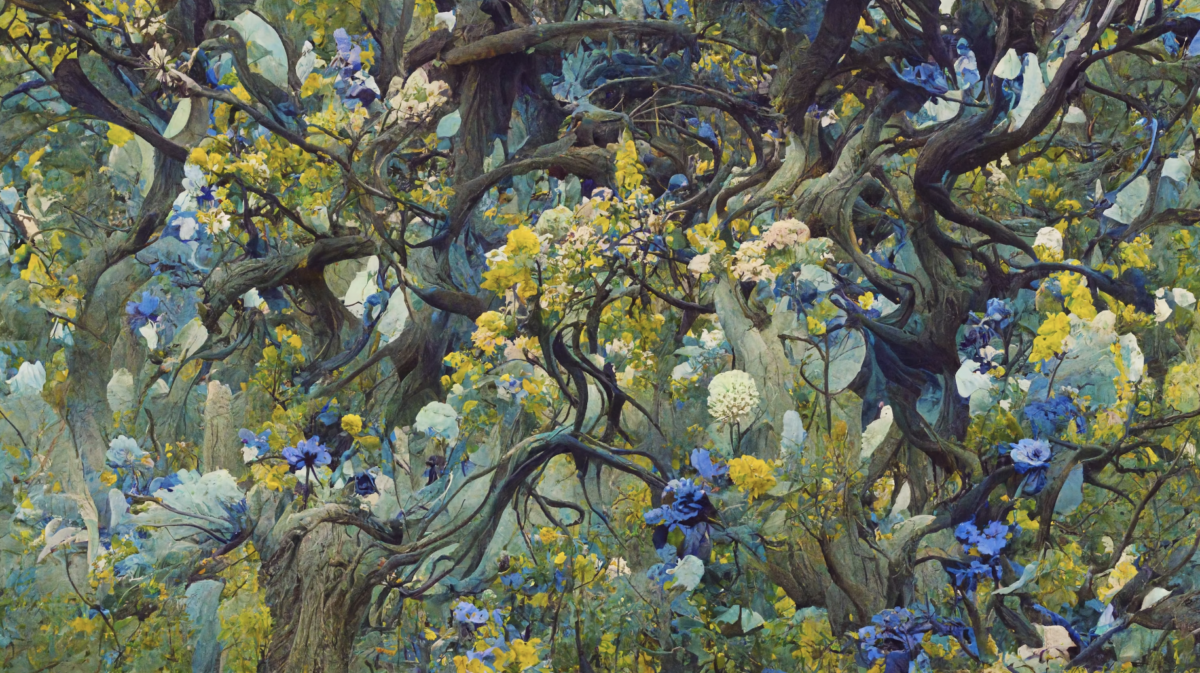
And yet here we are, confronted with the very essence of that existential worry. AI art generators like DALL-E, MidJourney, and Stable Diffusion have opened up something of a Pandora’s Box. But one of main the reasons this kind of art and the tools associated with it have caused such a fervent reaction among artists and art lovers arguably stems from a misconception of how they work.
So, how do AI-generated art programs work?
On a technical level, AI image generation requires the use of Generative Adversarial Networks (GAN). This type of network actually involves two neural networks; one to create an image and another to analyze how close the image is to the real thing based on reference images taken from the internet. After the second network creates a score for the image’s accuracy, it sends that info back to the original AI, which “learns” from this feedback and returns an image to be used in the next scoring round. And by combining artificial neural networks designed to produce images with language processing models used to handle text input, prompt-based image generation was born.
The three biggest players in the AI-generative art game are MidJourney, DALL-E, and Stable Diffusion. Researchers at Google have created Imagen and Parti, but have yet to release them to the public, partly due to concern over how they could be used. MidJourney comes from a startup of the same name and is run by David Holz, DALL-E has its origins in the Elon Musk-funded OpenAI, and the open-source Stable Diffusion is a product of Stability AI’s Founder and CEO Emad Mostaque. In terms of output, images from MidJourney tend to lean more illustrative and paint-like in their aesthetic, Stable Diffusion often touches on a kind of photorealistic surrealism, while DALL-E seems to be capable of keeping one foot in each of those realms.
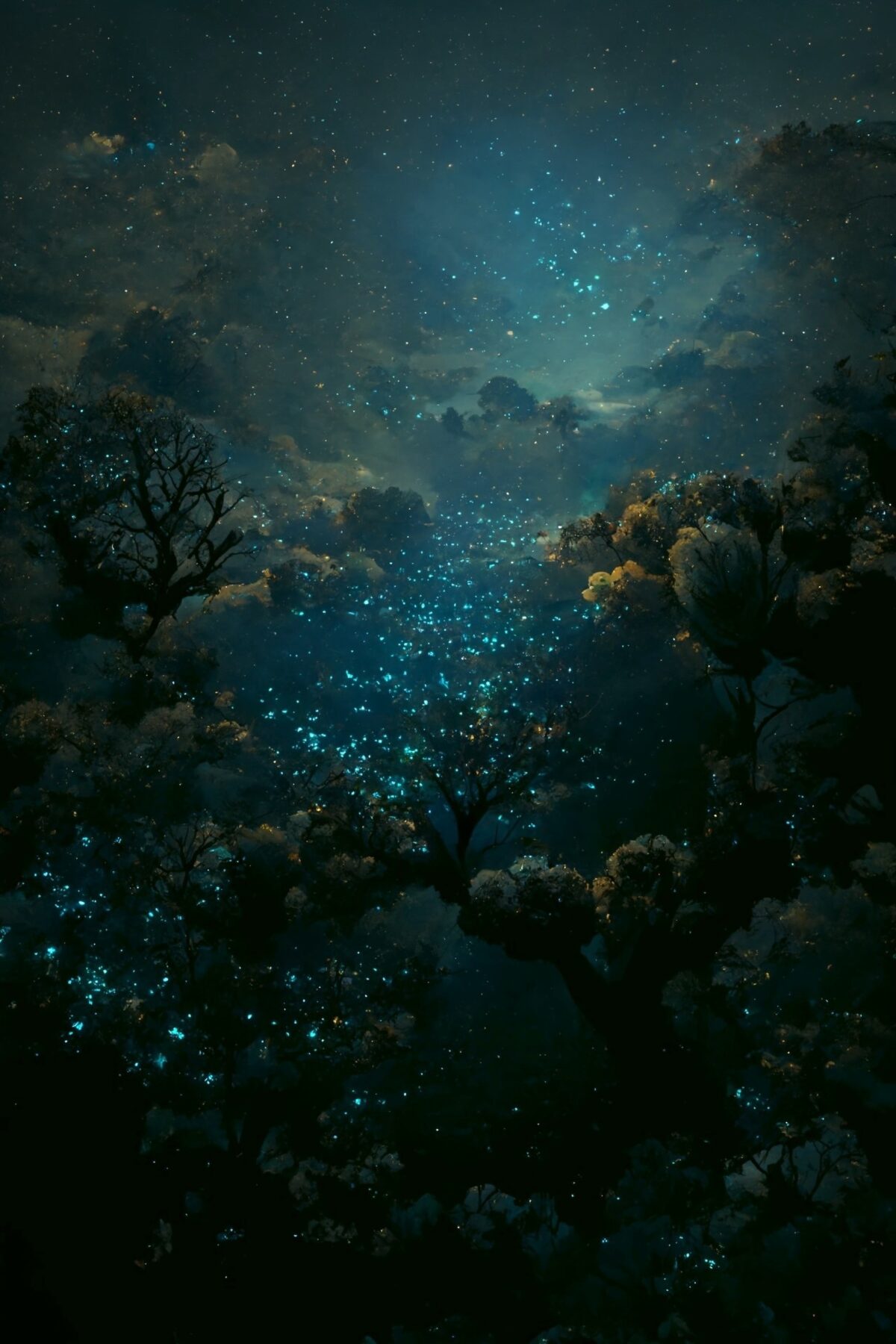
The term “prompt-based” art is one worth unpacking. AI art is a collaborative process, with human and machine inputs weaved together to create the desired product. On MidJourney, for example, a user can type in a string of words and receive four visual outputs in a grid approximating the original idea. From there, users can continue iterating on those outputs, nudging them in a particular conceptual direction, or upscale, refine, and alter the outputs in a co-creational tennis match for hours. And, since language’s power to express ideas and concepts is potentially limitless, the number of potential generative outputs of these programs also approaches infinity, before a user even decides to iterate on the original output.
Perhaps due to the technical complexity and opaque nature of these programs, misconceptions about how they work abound. One of the more common complaints AI-art advocates find themselves pushing back on is the critique that these programs “smash” existing artwork together to form something new.
“I think the biggest problem when it comes to the narrative surrounding AI art is the idea that it steals artwork from people, which is not accurate,” offered the artist Black Label Art Cult (BLAC), an AI art advocate and member of the pro-AI art group AI Infused Art while speaking to nft now. “People sometimes think these programs take existing art, put it into a bucket, stitch bits of it together, and then people sell the result as an NFT. It misrepresents what actually goes on in these programs.”
BLAC hosts a weekly Twitter Space called The New Renaissance in which artists and community members discuss some of the most controversial issues in the AI art world to help dispel common and harmful myths about how the technology works, among other things.
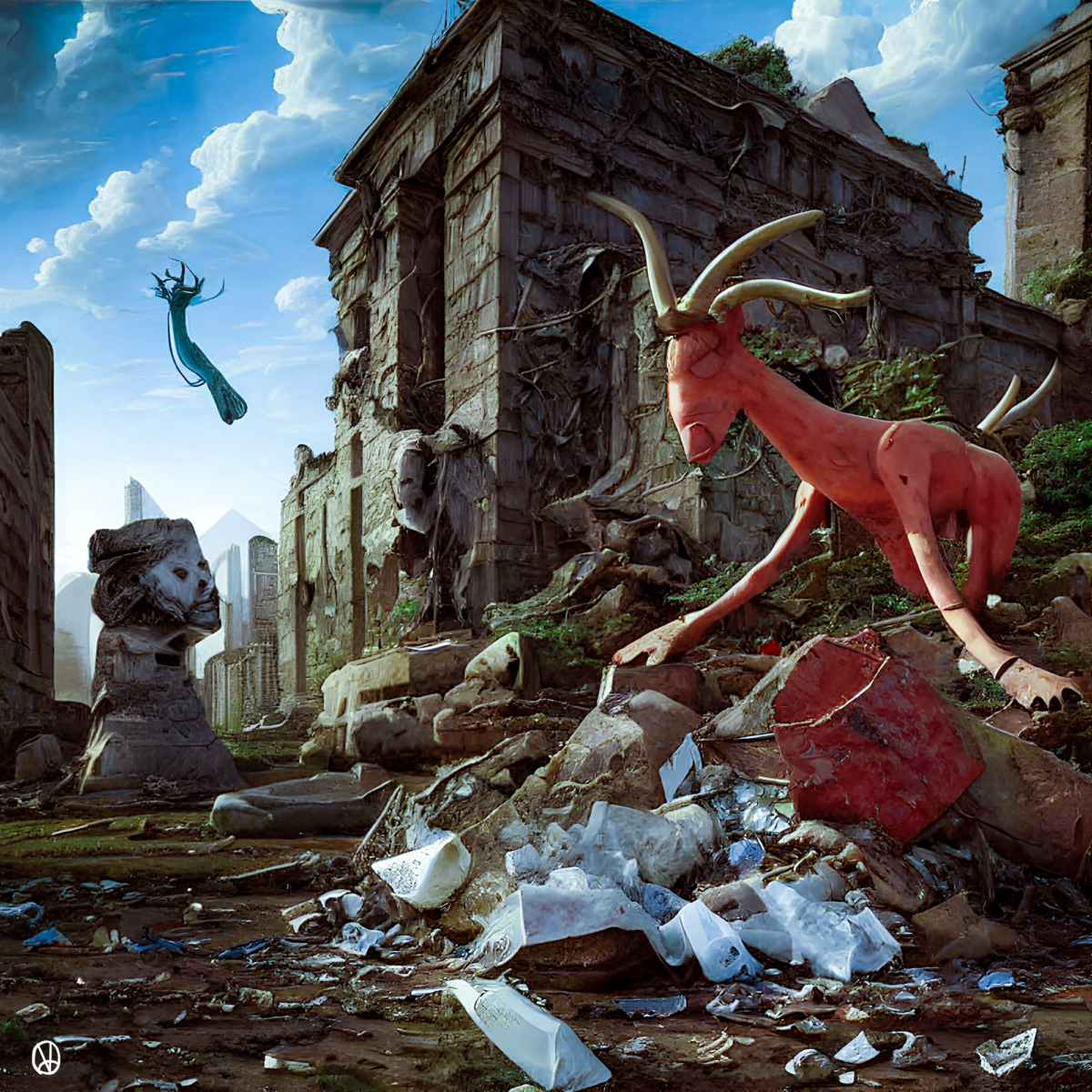
To build a successful AI model, you need to train it on huge amounts of data so the algorithm can learn how to execute a desired function. While most of the companies behind these prompt-based programs have yet to reveal much about the technical details behind how they built their AI models, we know they’re trained on billions of parameters and across billions of images. Stable Diffusion, for example, is trained on a core set of over 2.3 billion pairs of images and text tags that were scraped from the internet.
The key term here is “trained.” There is no massive image database from which these programs pull bits of images to create new art. They have learned to associate text with certain visual components.
“If you ask it for a human, [the program] knows that humans have two hands with five fingers on each hand,” explained Claire Silver, a collaborative AI artist and leading figure in the AI art movement, while speaking to nft now. “It knows that fingers are long and cylindrical and have a bone. It knows that bones [look and] move like this. So, it ‘imagines’ everything that you asked for, based on what it has learned to create something new. And I think that’s important for people to realize, because it’s an entirely different conversation if it pulled from existing work, and it doesn’t.”
Silver is a vocal advocate of AI art tools as part of a new creative revolution that opens the doors of artistic expression for both existing artists and those who aren’t particularly gifted at creating visual artwork. She also hosts popular AI art competitions on Twitter, with the latest one having wrapped up at the end of October. Thousands of people submitted artwork in the 18 days leading up to the competition’s conclusion, and the finalists’ works were displayed at the imnotArt gallery in Chicago.
The ethical minefield of AI-generated art
The proliferation of creativity and art that has followed in the wake of prompt-based image programs’ rise has elated some and horrified others. But, regardless of the excitement or dread people have about these programs’ ability to induce philosophical vertigo, more logistical questions regarding ownership, fair use, and deep fakes remain.
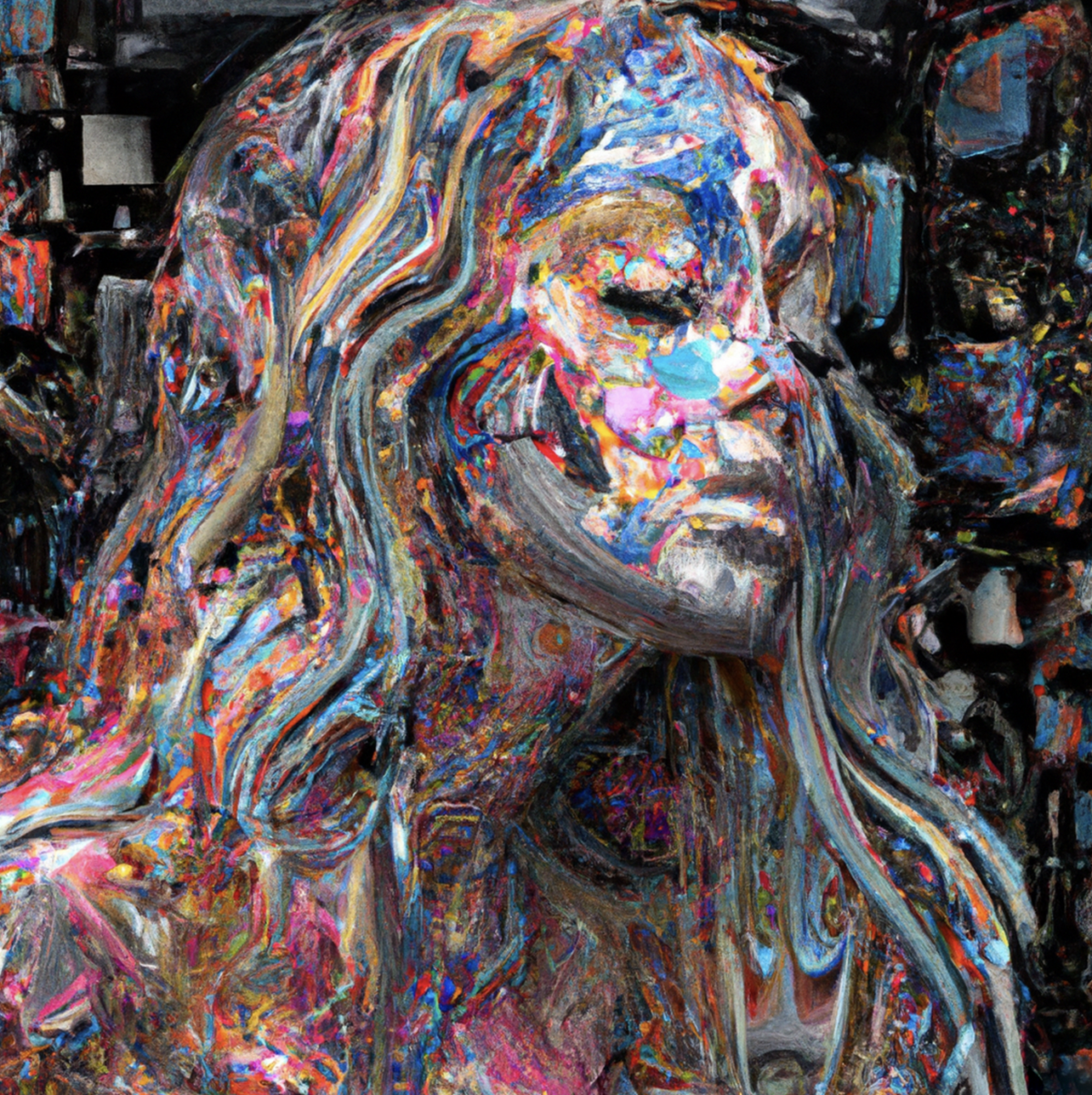
Regarding usage rights, MidJourney’s terms of service dictate that anyone paying for a member’s license is free to use the images they create in any way they see fit, including to earn a profit. Artists have begun using these programs to help them create their NFT collections. But the company also states that, by using the service, you grant MidJourney “a perpetual, worldwide, non-exclusive, sublicensable no-charge, royalty-free, irrevocable copyright license to reproduce, prepare Derivative Works of, publicly display, publicly perform, sublicense, and distribute text, and image prompts you input into the Services.” In other words, while you can use the art you create however you like, so, too, can Midjourney.
However, the issues surrounding what users can do with these images are only part of the ethical labyrinth they’ve helped create. The possibility of photorealistic outputs creating serious issues surrounding the use of deep fakes to either blackmail individuals or spread misinformation online is very real.
Inspiration and plagiarism
There’s also the issue of outright artist plagiarism, as in the case of Chadeisson’s stylistic admirer on Reddit. The individual who posted that AI model in question is far from a one-off: a glance at MidJourney’s Discord reveals people are also creating and iterating on that artist’s style. But how serious of a breach of ethics is this second-order iteration, if at all?
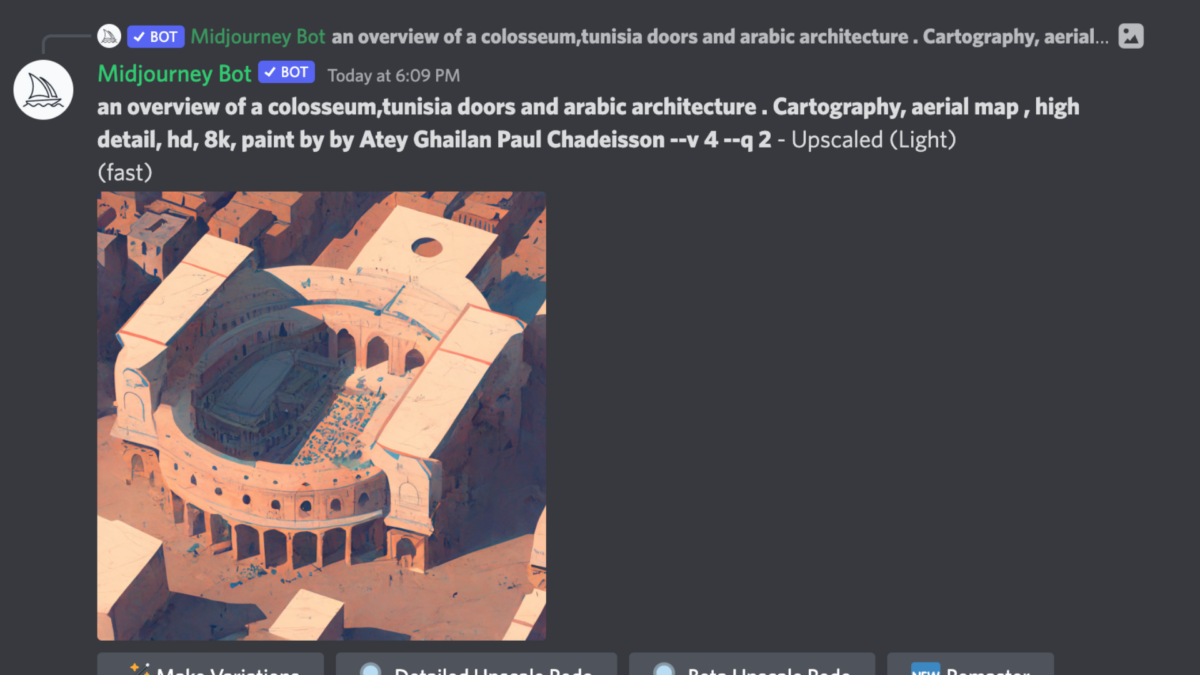
“Artists have always drawn influence from other artists and used them as reference for master studies,” Claire said of the fuzzy line between inspiration and copying. “That’s nothing new. There’s also the movement of transformative use — collage artists where you’re actually taking recognizable pieces and using them transformatively.”
When considering the issues that generative AI art programs raise, Silver advocates that their users be cautious and considerate not to plagiarize another artist’s work explicitly. That is a professional and personal courtesy you’d offer any artist when creating in any medium. Ultimately, however, she believes that even in cases where explicit emulation or plagiarism does happen, such work is likely to become a catalyst that points back to the original artist.
“For known, recognizable artists, I tend to think that people who are using their styles to create pieces that look similar to their work will only drive interest and value back to the original artist,” Silver elaborated. “If I make something very much in the style of Waterhouse, people will be driven back to Waterhouse.”
“I find that a point of pride that you’re on the edge of this blooming movement.”
Claire Silver
Another ethical concern these programs raise is that there’s no way to document whether or not an artist’s work has been used to build the models that millions of people are now using. When Stable Diffusion used its two billion-plus image dataset to train its model, it did not exclude copyrighted work. Similarly, when asked by Forbes in a recent interview if the company seeks out permission from the artists whose images they’ve used to train their program, MidJourney’s CEO David Holz simply said there was no feasible way to do so.
“No,” Holz underscored. “There isn’t really a way to get a hundred million images and know where they’re coming from. It would be cool if images had metadata embedded in them about the copyright owner or something. But that’s not a thing; there’s not a registry. There’s no way to find a picture on the Internet, and then automatically trace it to an owner and then have any way of doing anything to authenticate it.”
It’s a valid, if unhappy, point. The speedy development of these programs has preceded the explicit need for a digital compensatory infrastructure the programs have themselves created. And on the user’s end of things, there is currently no law that says they must disclose that they’ve used an artist’s work as prompt input for their own creations. Yes, Holz has said that artists might be able to opt out of having their names used in prompts in the future, but that’s far from a certainty. Even if it does happen, MidJourney is just one program of several that will need to wrangle with the copyright question.
“I do think that there is something to be said for referencing the artists that you use [to create new art via AI tools],” Silver said of the responsibility of these program’s users. “But as of now, I don’t think it should be mandatory. And we don’t know where legal action will fall as time goes on, so you have to protect yourself. Obviously, if you are mixing public domain with not public domain in your prompts, it could get tricky. But artists pull influence from everywhere: modern artists, music, public domain, locations — everywhere. And you create work from that. And I don’t really see how to put the genie back in the bottle.”
Is taste the new skill?
AI-generated art programs have become so popular that there are now entire marketplaces dedicated to buying and selling prompts to create new work. That the concepts and ideas these programs need to function have acquired such a premium could be indicative of a trend that Silver says will cause people to reevaluate how important artistic skill is.
“I believe that [these programs] free artists from skill,” Silver said. “That’s a big component of this, humanity’s attachment to skill as something that we aspire to above most things, and whether or not that’s useful to us moving forward.”
“Then, I have them try it — and the reaction at that point is amazement. It’s like this astonished childlike happiness.”
Claire Silver
Another concern that those wary of such AI tools express is that the technology will become so advanced that media companies will end up cutting artists out of the creative process altogether, fully eradicating a job class of already abused and disenfranchised creative professionals.
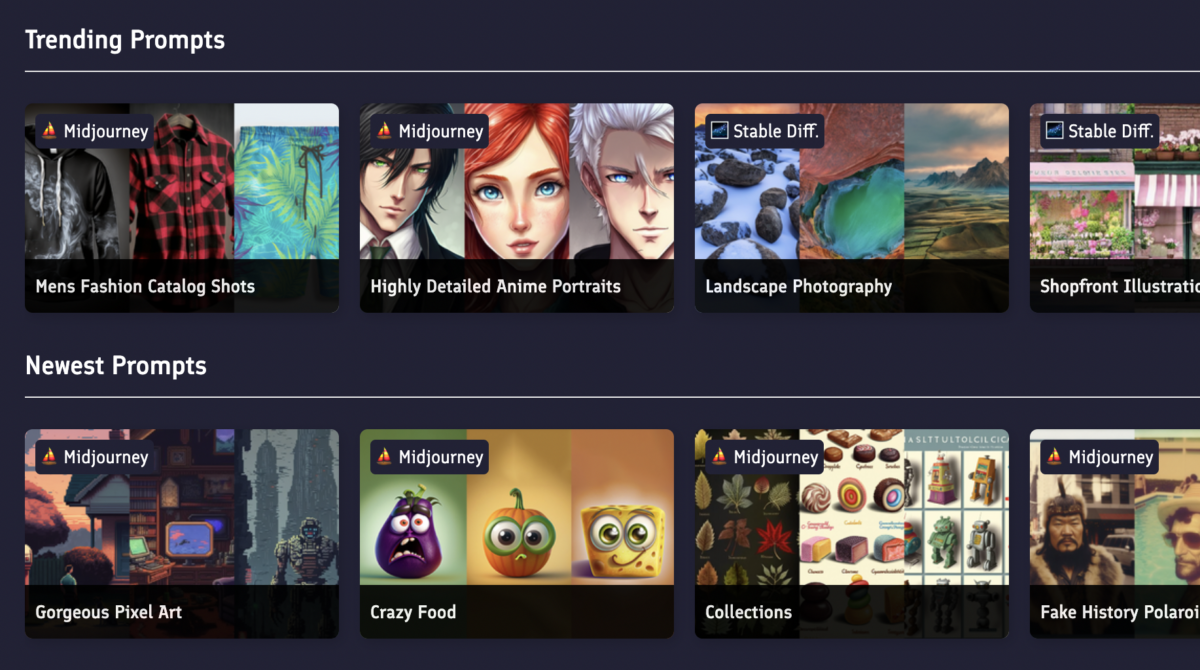
“I tend to think the opposite, that it’ll cut media companies out of the equation,” said Silver in response to the concern. “When you’re able to feed a model all of your favorite poems, your own diaries, and your favorite books and ask it for a cyber noir screenplay exactly to your tastes, which it will give you, and which you can then feed into a model that makes animations which you can further tweak — that’s a film studio in your own room. I think that we’ll see a return to imagination being the thing that dictates what resonates with other people as opposed to a mass media company creating content for the people and creatives changing their voice to fit that. With time, I can see the individual supplanting companies as opposed to the other way around.”
Bias against AI-generated art
Silver’s observations of the public’s multi-stage reaction to art made with AI is illustrative of where most people seem to stand regarding it.
“Initially, people are impressed,” Silver explained. “They hear artificial intelligence and think something incredibly complicated and code based on the user end. Then, there is a little pushback when I explain how it works with accessible tools. It seems like it might be a little dystopian in some way, or soulless. Then, I have them try it — and the reaction at that point is amazement. It’s like this astonished childlike happiness.”
“They’re expressing something — just like they would in any other medium.”
Black Label Art Cult
This adoption curve — wonder followed by fear that is itself eventually supplanted with curiosity — could just be what converts people to the idea that AI-generated art isn’t a world-ending proposition, despite its difficulties, and the way it’s riddled with ethical quandaries.
“I would say that this is a tool,” Silver offered as a note of comparison to other means of creation. “It is an incredibly efficient tool. Oil paints versus acrylic paint was a major change for the art world. Certainly, digital programs like Photoshop were a major change for 3D art. And that was also hailed as cheating, so to speak. It was also labeled ‘not real’ art and something that would replace artists. There are shades of nuance here.”
Owning the AI-art movement
When Jason Allen won first place in a Colorado State Fair digital arts competition using an AI-generated piece earlier this year, the story went viral. The artwork in question became a focal point for the entire debate surrounding the ethics and soul-seeking that AI art has generated. And while artists like Silver believe that the better part of wisdom for anyone entering a contest like this would be to clearly identify their work as having been created with the help of these programs, they shouldn’t be ashamed to do so.
“The line is going to become so blurred that I think people will change their minds,” Silver said. “Photoshop right now has lots of AI built into it — neural filters and different things you can do. People don’t label that as AI when they use it in their digital art. I think that for the time being, it would be wise to label work that’s created with AI as created with AI. And I don’t think that [the AI label] should be a point of shame or concession. I find that a point of pride that you’re on the edge of this blooming movement.”
Likewise, BLAC believes that there are plenty of reasons why these tools should be embraced and not demonized. Having helped organize two AI contests under the theme of “expression with purpose” alongside fellow creatives and AI enthusiasts AmliArt and illustrata, the artist has witnessed people using these programs in profoundly meaningful ways.
“We wanted to give people a platform for them to talk about why they were creating what they were creating,” BLAC explained. “Most of the people who posted their creations in our contest said things like, ‘This is helping me face my depression,’ or ‘I lost my father last year and this image came from a poem he wrote.’ It turns out, they’re putting it out there because it’s helping them go through something. They’re expressing something — just like they would in any other medium.”

